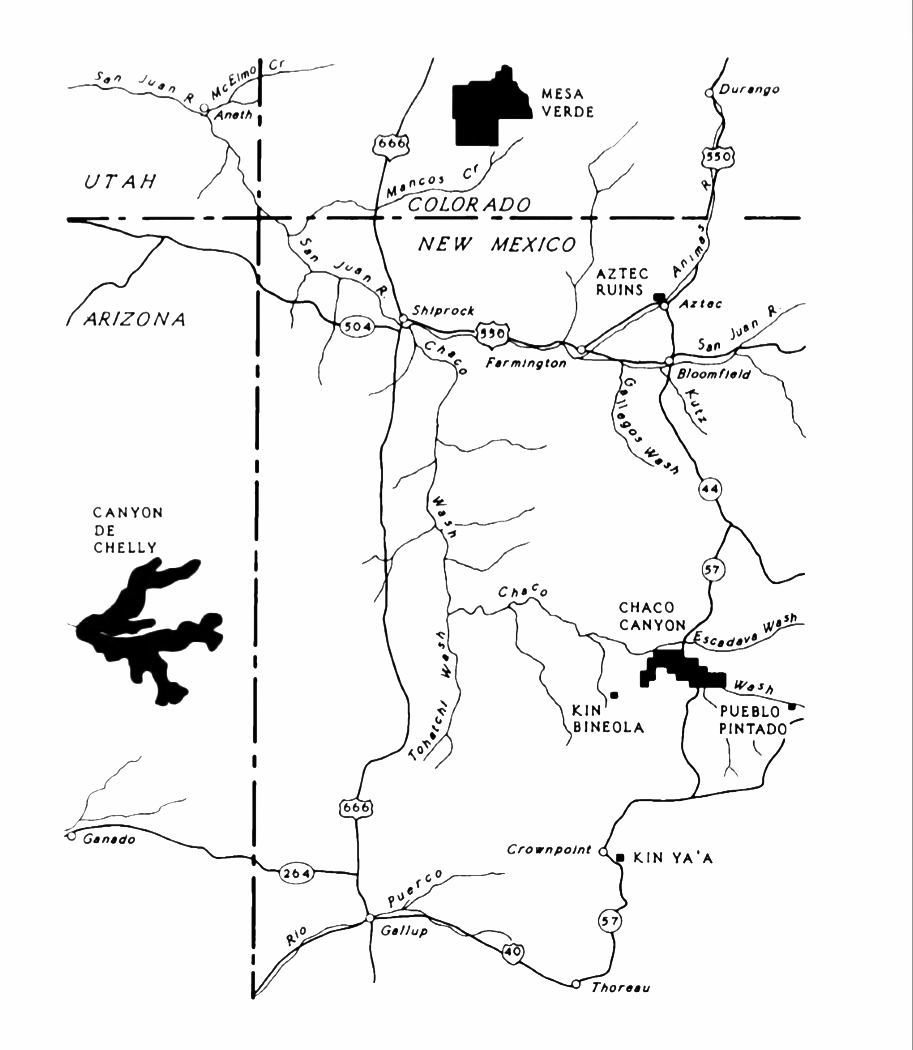|
Kwaku Anansi
Anansi or Ananse ( ; literally translates to ''spider'') is a character in Akan religion and folklore associated with stories, wisdom, knowledge, and trickery, most commonly depicted as a spider. Anansi is a character who reflects the culture that he originates from. The Akan people are a close-knit people from present-day southern Ghana who rely on social order, which translates through the stories that come out of their culture. In many ways, Anansi is a paradoxical character whose actions defy this social order, but in incorporating rebellion and doubt into faith, his folkloric presence strengthens it. Taking the role of a trickster, he is also one of the most important characters of West African mythology, West African, African-American folktales, African American and West Indian folklore. These spider tales were spread to the Americas via the Atlantic slave trade. Anansi is best known for his ability to outsmart and triumph over more powerful opponents through his use ... [...More Info...] [...Related Items...] OR: [Wikipedia] [Google] [Baidu] |
Ancestral Puebloans
The Ancestral Puebloans, also known as Ancestral Pueblo peoples or the Basketmaker-Pueblo culture, were an ancient Native American culture of Pueblo peoples spanning the present-day Four Corners region of the United States, comprising southeastern Utah, northeastern Arizona, northwestern New Mexico, and southwestern Colorado. They are believed to have developed, at least in part, from the Oshara tradition, which developed from the Picosa culture. The Ancestral Puebloans lived in a range of structures that included small family pit houses, larger structures to house clans, grand pueblos, and cliff-sited dwellings for defense. They had a complex network linking hundreds of communities and population centers across the Colorado Plateau. They held a distinct knowledge of celestial sciences that found form in their architecture. The kiva, a congregational space that was used mostly for ceremonies, was an integral part of the community structure. Archaeologists continue to d ... [...More Info...] [...Related Items...] OR: [Wikipedia] [Google] [Baidu] |
Jamaican Maroons In Sierra Leone
The Jamaican Maroons in Sierra Leone were a group of just under 600 Jamaican Maroons from Cudjoe's Town, the largest of the five Jamaican maroon towns who were deported by the British authorities in Jamaica following the Second Maroon War in 1796, first to Nova Scotia. Four years later in 1800, they were transported to Sierra Leone. The Sierra Leone Company had established the settlement of Freetown and the Colony of Sierra Leone in 1792 for the resettlement of the African Americans who arrived via Nova Scotia after they had been evacuated as freedmen from the United States after the American Revolutionary War. Some Jamaican Maroons eventually returned to Jamaica, but most became part of the larger Sierra Leone Creole people and culture made up of freemen and liberated slaves who joined them in the first half-century of the colony. For a long period, they dominated the government and the economy of what developed into Sierra Leone. History Nova Scotia In the Colony of Jama ... [...More Info...] [...Related Items...] OR: [Wikipedia] [Google] [Baidu] |
Ashanti People
The Asante, also known as Ashanti in English (), are part of the Akan people, Akan ethnic group and are native to the Ashanti Region of modern-day Ghana. Asantes are the last group to emerge out of the various Akan civilisations. Twi is spoken by over nine million Asante people as their native language. The Asante people developed the Ashanti Empire, along the Lake Volta and Gulf of Guinea. The empire was founded in 1670, and the capital Kumasi, Kumase was founded in 1680 by Asantehene Osei Kofi Tutu I on the advice of Okomfo Anokye, his premier. Sited at the crossroads of the Trans-Saharan trade, Kumase's strategic location contributed significantly to its growth. Over time a number of peculiar factors have combined to transform the Kumase metropolis into a financial centre and political capital. The main causal factors included the unquestioning loyalty to the List of rulers of Asante, Asante rulers and the Kumase metropolis' growing wealth, derived in part from the capital's lu ... [...More Info...] [...Related Items...] OR: [Wikipedia] [Google] [Baidu] |


